Search the Special Collections and Archives Portal
Search Results
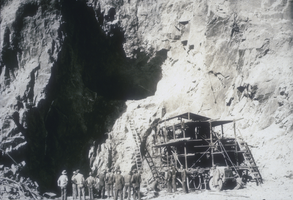
Slide of the construction phase of Hoover Dam, November 18, 1931
Date
Archival Collection
Description
Image
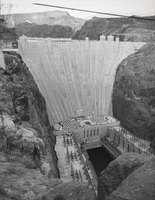
Photograph of Hoover Dam powerhouse during a Young Presidents' Organization party, March 9, 1971
Date
Archival Collection
Description
Image
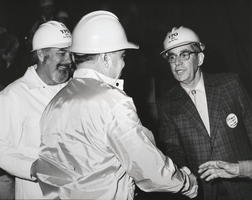
Photograph of a party held by the Young Presidents' Organization at Hoover Dam, March 9, 1971
Date
Archival Collection
Description
Image
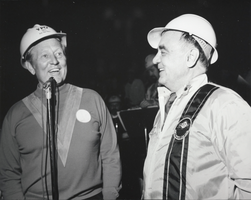
Photograph of Ellis L. Armstrong and Art Linkletter at a Young Presidents' Organization party at Hoover Dam, March 9, 1971
Date
Archival Collection
Description
Image
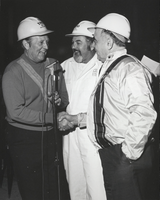
Photograph of a party held by the Young Presidents' Organization at Hoover Dam, March 9, 1971
Date
Archival Collection
Description
Image
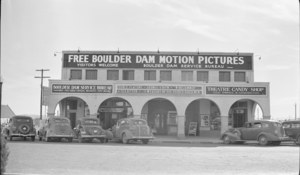
Film transparency of Boulder Dam Service Bureau Building, circa 1930s-1940s
Date
Archival Collection
Description
Image
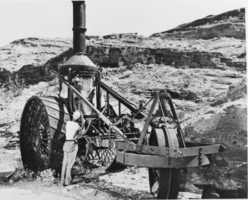
Film transparency of a steam tractor, Nevada, May 1947
Date
Archival Collection
Description
Image
Shade Tree Shelter Records
Identifier
Abstract
The Shade Tree Shelter Records date from 1990 to 1996 and consist primarily of logbooks and journals compiled by the staff of the Shade Tree, a shelter for homeless and abused women and children in Las Vegas, Nevada, documenting daily activities, incidents, and residents at the shelter. The collection also includes summaries of the staff's telephone conversations, a newspaper article about Shade Tree, and fliers and brochures about social services available in Southern Nevada.
Archival Collection
Kathy Eastland Papers
Identifier
Abstract
The Kathy Eastland Papers (1972-2003) document Kathy Eastland's experiences working in Nevada brothels. Materials include ephemera and memorabilia collected by Eastland from various brothels in Nevada such as the Mustang Ranch, the Moonlite BunnyRanch, and Old Bridge Ranch. Included in the collection are brothel menus and photographs of Eastland and other sex workers socializing in the brothels. The collection also contains notes, research, and drafts of Eastland's manuscript
Archival Collection
